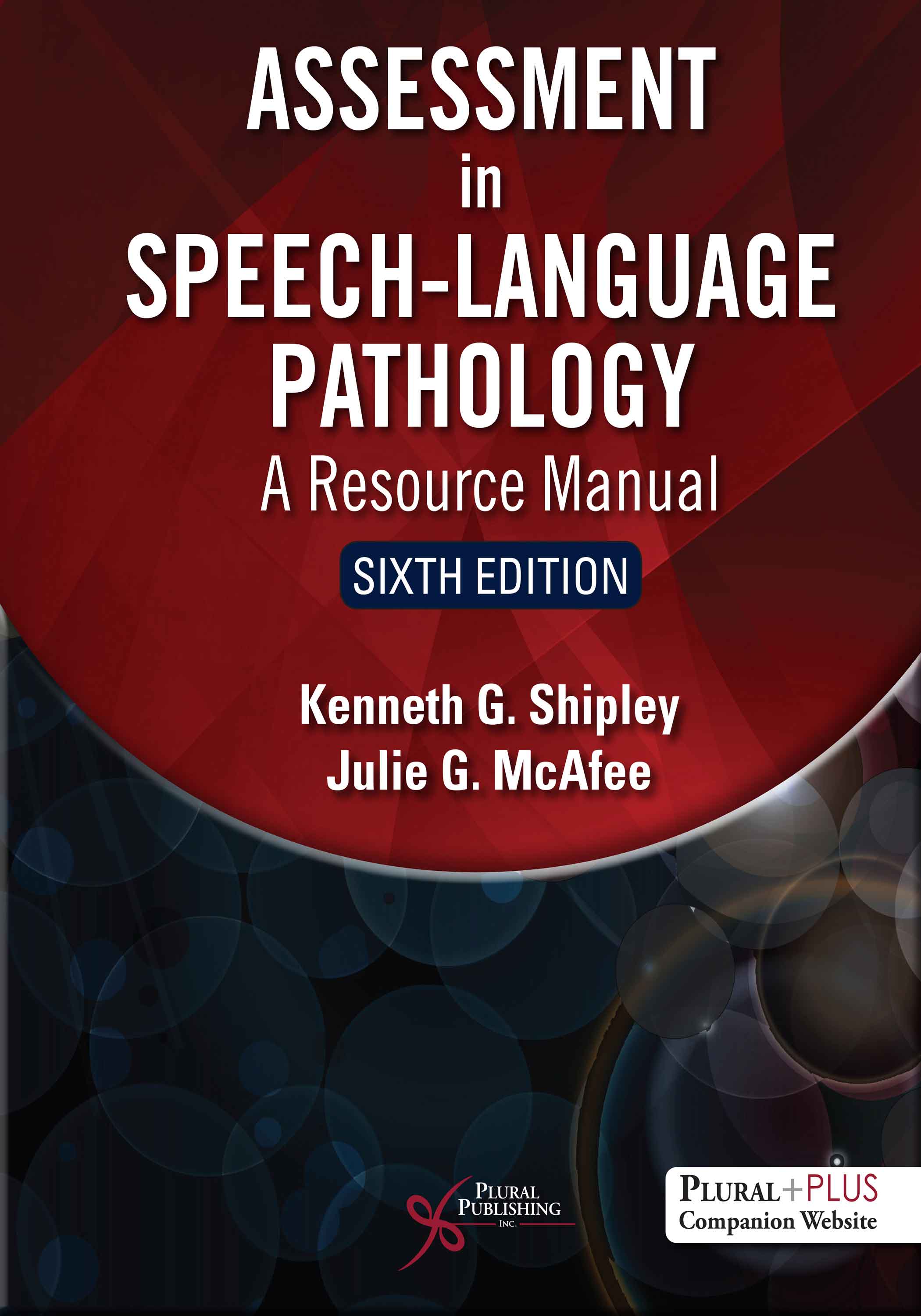
Assessment in Speech-Language Pathology: A Resource Manual.
Sixth Edition
Kenneth G. Shipley, Julie G. McAfee
Details: 713 pages, Full Color, Soft Cover (with lay-flat binding), 8.5" x 11"
ISBN13: 978-1-63550-204-6
© 2021 | Available
Click here to view the new edition of this text.
This thoroughly updated sixth edition of the best-selling text Assessment in Speech-Language Pathology remains an invaluable resource for instructors, students, and clinicians. The book covers the diagnosis and evaluation of a wide range of communication disorders in adults and children. This one-of-a-kind manual provides a comprehensive package of reference materials, explanations of assessment procedures, practical stimulus suggestions, and hands-on worksheets and screening forms.
The highly practical resource is separated into four easy-to-navigate sections: Part I highlights preparatory considerations; Part II includes procedures and materials for obtaining, interpreting, and reporting assessment information; Part III provides materials and suggestions for assessing communicative disorders. Part IV presents a quick-reference section, providing information on hearing considerations and medical diagnoses.
This must-have sixth edition reflects the latest research, best practices, and important trends and developments for assessment in speech-language pathology.
New to the Sixth Edition
- Updated content throughout to reflect current research and practice
- New chapter on Selective Mutism
- New section covering the assessment of transgender voice
- Updated Sources of Additional Information in every chapter, with addition of recommended mobile applications for speech-language assessment
Key Features
- Full-color design with images, charts, and illustrations to engage readers and display key concepts
- Each chapter concludes with practical forms, including worksheets, checklists, and additional sources of information
- Glossary of key terms
- Chapter tabs with separate colors for quick and easy access
- Access to a PluralPlus companion website with PowerPoint lecture slides for each chapter, and forms and worksheets from the book for easy duplication and customization for clinical use
Reviews
"Named to Doody's Core Titles in the Health Sciences - Speech, Language & Hearing 2020 list."
—Doody's (May 2020)
"The authors desire to provide access to cutting-edge research studies and assessment techniques so that speech-language pathologists (SLPs) can work at the top of their profession, and they have done a remarkable job. ...This book is unique in the number of clinical areas it discusses as well as the depth of the information it provides. The chapters on multicultural considerations and medical diagnoses are particularly interesting. The authors state that cultural competency is "having the necessary level of knowledge and skills to provide care to a client from a cultural group outside our own culture." They continue by describing 14 different social rules a clinician should consider when working with clients from a different culture. Everyone should be aware of these rules and other information in this chapter as they initiate an assessment session. The last chapter deals with medical diagnoses associated with communicative disorders. It is extensive and goes beyond the medical topics that most SLPs consider when assessing a client. ...The forms in the book are user ready, and the authors allow readers to reproduce them for clinical use. Students and instructors can review the forms and assessment materials online. PowerPoint slides are available for teaching and mentoring faculty, which in turn benefits future SLPs. Every page of this book is full of useful tables, checklists, and forms to the extent that SLPs would be able to evaluate an entire caseload using this 700+ page book alone."
—Lorelei J Peirson, MA, Biola University, in Doody's Book Reviews
List of Tables
List of Forms
List of Figures
Preface
Acknowledgments
Part I. Preparatory Considerations
Chapter 1. Foundations of Assessment
- Overview of Assessment
- Assessment Methods
- Norm-Referenced Tests
- Criterion-Referenced Tests
- Authentic Assessment Approach
- Psychometric Principles
- Validity
- Reliability
- Standardization
- Standardized Test Administration
- Determining Chronological Age
- Basals and Ceilings
- Standardized Administration, Modification, and Accommodation
- Understanding Standardized Test Scores
- Health Insurance Portability and Accountability Act (HIPAA)
- Code of Fair Testing Practices in Education
- Code of Fair Testing Practices in Education
- Code of Ethics for Speech-Language Pathologists
- Concluding Comments
- Sources of Additional Information
- Print Sources
- Electronic Sources
- Chapter 1 Forms
Chapter 2. Multicultural Considerations
- Cultural Competence
- Preassessment Knowledge
- Know the Culture of the Client
- Know the History of the Client
- Know the Normal Communicative Patterns of the Client’s
- Dominant Language
- Normal Patterns of Second-Language Acquisition
- Planning and Completing the Assessment
- Making a Diagnosis
- Working with Interpreters
- Briefing, Interaction, Debriefing (BID)
- Concluding Comments
- Sources of Additional Information
- Print Sources
- Electronic Sources
- Chapter 2 Forms
- Appendix 2-A. Speech and Language Characteristics of African American English
- Appendix 2-B. Speech and Language Characteristics of Spanish
- Appendix 2-C. Speech and Language Characteristics of Asian Languages
Part II. Gathering and Reporting Assessment Information
Chapter 3. Obtaining Preassessment Information
- Written Case History
- Allergy Awareness
- Intake Interviews
- Questions Common to Most Communicative Disorders
- Questions Common to Specific Communicative Disorders
- Information from Other Professionals
- Concluding Comments
- Sources of Additional Information
- Print Sources
- Electronic Sources
- Chapter 3 Forms
Chapter 4. Reporting Assessment Findings
- Information-Giving Meetings
- Introduction
- Discussion
- Conclusion
- Writing Assessment Reports
- Writing IFSPs and IEPs
- IFSP: Individualized Family Service Plan
- IEP: Individualized Education Program
- Clinical Correspondence
- Writing SOAP Notes
- Concluding Comments
- Sources of Additional Information
- Print Sources
- Electronic Sources
- Appendix 4-A. Three Sample Clinical Reports
- Appendix 4-B. Sample IFSP and IEP
- Appendix 4-C. Three Sample Clinical Correspondences
Part III. Resources for Assessing Communicative Disorders
Chapter 5. Assessment Procedures Common to Most Communicative Disorders
- Orofacial Examination
- Universal Precautions
- Interpreting the Orofacial Examination
- Assessing Diadochokinetic Syllable Rate
- Speech and Language Sampling
- Conversation Starters for Eliciting a Speech-Language Sample
- Pictures
- Narratives
- Reading Passages
- Evaluating Rate of Speech
- Determining Speech Rate
- Determining Intelligibility
- Syllable-by-Syllable Stimulus Phrases
- Charting
- Concluding Comments
- Sources of Additional Information
- Print Sources
- Electronic Sources
- Chapter 5 Forms
- Appendix 5-A. Pictures and Narratives With Pictures
- Appendix 5-B. Reading Passages
Chapter 6. Assessment of Speech Sound Disorders
- Overview of Assessment
- Screening
- Formal Tests
- Identifying Sound Errors from a Speech Sample
- Stimulability
- Developmental Norms for Phonemes and Blends
- Frequency of Occurrence of Consonants
- Descriptive Features of Phonemes
- Distinctive Features of Consonants
- Phonological Processes
- Childhood Apraxia of Speech
- Assessment Procedures for Childhood Apraxia of Speech
- Concluding Comments
- Sources of Additional Information
- Print Sources
- Electronic Sources
- Chapter 6 Forms
- Appendix 6-A. Words and Sentences for Assessing Stimulability
Chapter 7. Assessment of Language in Children
- Overview of Assessment
- Assessment Approaches
- Components of Language
- Normal Language Development
- Piaget’s Stages of Early Cognitive Development
- Language Disorder Categories
- Screening
- Assessment for Early Intervention
- Late Talker Versus Language Disordered
- Assessing School-Age Children
- Language Sampling and Analysis
- Assessment of Morphologic Skills
- Determining Mean Length of Utterance
- Assessment of Semantic Skills
- Assessment of Syntactic Skills
- Assessment of Pragmatic Skills
- Making a Diagnosis
- Concluding Comments
- Sources of Additional Information
- Print Sources
- Electronic Sources
- Chapter 7 Forms
- Appendix 7–A. Motor and Communication Skills Sequence of Development
Chapter 8. Assessment of Written Language
- Overview of Assessment
- Role of the Speech-Language Pathologist
- Normal Reading and Writing Development
- Descriptions and Categories of Reading Disabilities
- Assessment of Early Literacy
- Assessment of Reading
- Phonological and Phonemic Awareness
- Word Fluency
- Reading Fluency
- Informal Reading Inventories
- Narrative Schema Knowledge
- Assessment of Writing
- Narrative Writing
- Expository Writing
- Persuasive Writing
- Spelling
- Family Background Considerations
- Concluding Comments
- Sources of Additional Information
- Print Sources
- Electronic Sources
- Chapter 8 Forms
Chapter 9. Assessment of Selective Mutism
- Overview of Assessment
- Characteristics of Selective Mutism
- Behaviors Associated with Selective Mutism
- The Negatively Reinforced Avoidance Pattern
- Importance of Early Identification
- Assessment of Current Speaking Behaviors
- Assessment of Social and Emotional Factors
- Assessment of Speech and Language
- Creating a Low-Anxiety Setting
- Making a Diagnosis
- Concluding Comments
- Sources of Additional Information
- Print Sources
- Electronic Sources
- Chapter 9 Forms
Chapter 10. Assessment for Autism Spectrum Disorder and Social Communication Disorder
- Overview of Assessment
- Definition of Autism Spectrum Disorder
- Definition of Social (Pragmatic) Communication Disorder
- Early Indicators of Autism Spectrum Disorder or Social Communication Disorder
- Social (Pragmatic) Communication Development
- Receptive and Expressive Language Concerns
- Theory of Mind
- Assessment and Diagnosis
- Concluding Comments
- Sources of Additional Information
- Print Sources
- Electronic Sources
- Chapter 10 Forms
Chapter 11. Assessment for Augmentative or Alternative Communication (AAC)
- Overview of Assessment
- Candidates for AAC
- Determining Communicative Needs
- Assessing Language and Cognitive Skills
- Assessing Sensory and Motor Capabilities
- Determining the Most Appropriate AAC System
- Unaided and Aided AAC
- Apps for AAC
- Concluding Comments
- Sources of Additional Information
- Print Sources
- Electronic Sources
- Chapter 11 Forms
Chapter 12. Assessment of Stuttering and Cluttering
- Overview of Assessment
- Defining Stuttering
- Speech Sampling
- Disfluency Indexes
- Secondary Behaviors
- Associated Motor Behaviors
- Physiologic Responses
- Avoidance
- Expectancy
- Speech Rate
- Assessing Feelings and Attitudes
- Criteria for Diagnosing Stuttering
- Stimulability
- Cluttering
- Assessment
- Stimulability
- Concluding Comments
- Sources of Additional Information
- Print Sources
- Electronic Sources
- Chapter 12 Forms
Chapter 13. Assessment of Voice and Resonance
- Overview of Assessment
- Defining Voice and Resonance
- Categories of Voice Disorders
- The Multidisciplinary Team
- Screening
- Client History and Present Concerns
- Perceptual and Instrumental Examination of Voice
- Evaluation of Pitch
- Evaluation of Vocal Intensity
- Evaluation of Vocal Quality
- Assessing Respiratory Support for Speech
- Maximum Phonation Time
- The S/Z Ratio
- Assessment Hardware and Software
- Assessment of Resonance
- Assessment of Alaryngeal Clients
- Alaryngeal Communication Options
- Assessment of Clients with Cleft Lip and/or Palate
- Assessment of the Transgender Client
- Concluding Comments
- Sources of Additional Information
- Print Sources
- Electronic Sources
- Chapter 13 Forms
Chapter 14. Assessment of Acquired Neurogenic Language Disorders
- Overview of Assessment
- The Brain
- Assessment of Aphasia
- Assessment of Right Hemisphere Syndrome (RHS)
- Assessment of Clients with Traumatic Brain Injury
- Assessment of Clients with Neurocognitive Disorder (Dementia)
- Concluding Comments
- Sources of Additional Information
- Print Sources
- Electronic Sources
- Chapter 14 Forms
Chapter 15. Assessment of Acquired Neurogenic Speech Disorders
- Overview of Assessment
- The Cranial Nerves
- Assessment of Dysarthria
- Assessment of Apraxia of Speech (AOS)
- Differential Characteristics of Dysarthria and Apraxia of Speech
- Concluding Comments
- Sources of Additional Information
- Print Sources
- Electronic Sources
- Chapter 15 Forms
Chapter 16. Assessment of Dysphagia
- Overview of Assessment
- Overview of a Normal Swallow
- Clinical Assessment of Pediatric Dysphagia
- Normal Development of Feeding and Swallowing
- Administration and Interpretation
- Clinical Assessment of Adult Dysphagia
- Administration and Interpretation
- Graphic Imaging
- Videofluoroscopy
- Videoendoscopy
- Concluding Comments
- Sources of Additional Information
- Print Sources
- Electronic Sources
- Chapter 16 Forms
Part IV. Additional Resources
Chapter 17. Hearing Considerations
- Overview of Common Hearing Disorders
- Conductive Hearing Loss
- Sensorineural Hearing Loss
- Mixed Hearing Loss
- Central Auditory Processing Disorder
- Retrocochlear Hearing Loss
- Tinnitus
- Standard Classification of Hearing Loss and the Effects on Communicative Development
- Hearing Screening
- Hearing Assessment
- Pure-Tone Audiometry
- Tympanometry
- Speech Audiometry
- Auditory Brainstem Response
- Otoacoustic Emissions
- The Speech Banana
- Environmental Noise Levels
- Hearing Aids
- Troubleshooting Hearing Aid Problems
- Cochlear Implants
- Concluding Comments
- Sources of Additional Information
- Print Sources
- Electronic Sources
- Chapter 17 Form
Chapter 18. Medical Diagnoses Associated with Communicative Disorders
- Diseases and Conditions
- Syndromes
- Concluding Comments
- Sources of Additional Information
- Print Sources
- Electronic Sources
References
Glossary
Index
Purchase of Assessment in Speech-Language Pathology: A Resource Manual, Sixth Edition comes with access to supplementary student and instructor materials on a PluralPlus companion website.
STUDENTS:
To access the student materials, you must register the access code printed on the inside front cover of your book on the companion website in order to log in.
INSTRUCTORS:
To access the instructor materials, you must contact Plural Publishing, Inc. to be verified as an instructor and receive your access code.
Email: instructormaterials@pluralpublishing.com
Tel: 866-758-7251 (toll free) or 858-492-1555
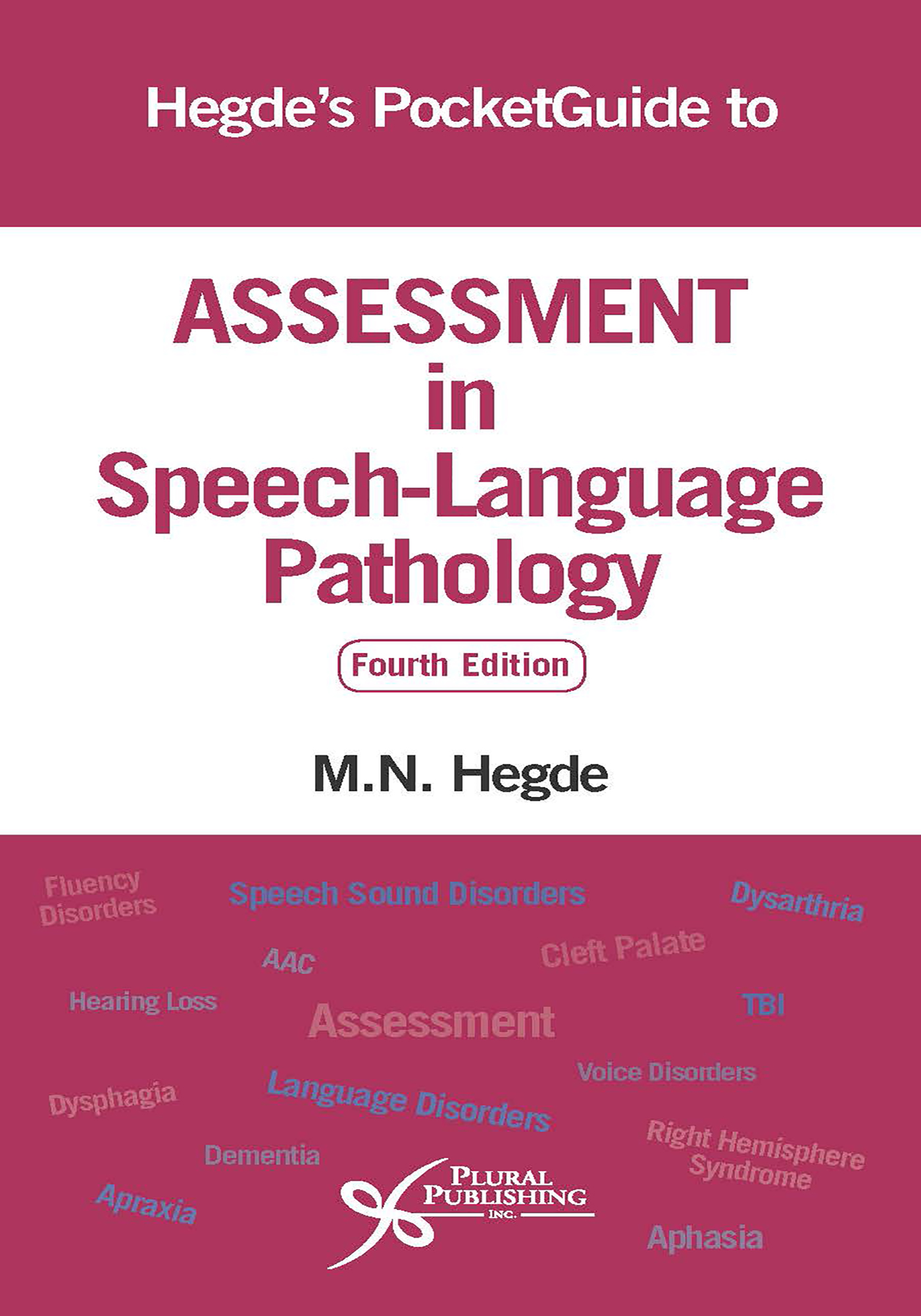
Hegde's PocketGuide to Assessment in Speech-Language Pathology.
Fourth Edition
M.N. Hegde
Details: 562 pages, 2-Color, Softcover, 4.5" x 8"
ISBN13: 978-1-94488-310-2
© 2018 | Available
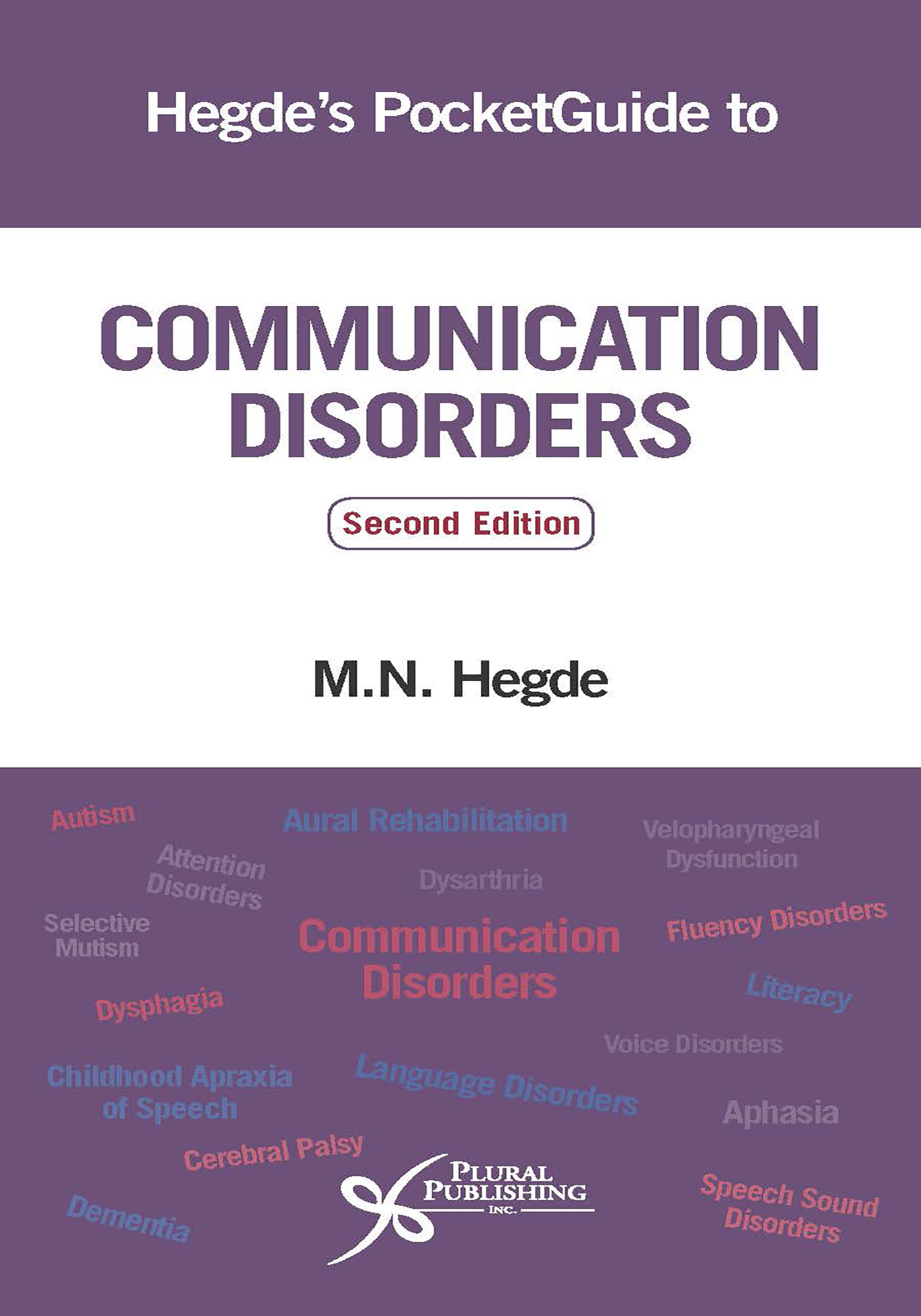
Hegde's PocketGuide to Communication Disorders
Second Edition
M.N. Hegde
Details: 496 pages, 2-Color, Softcover, 4.5" x 8"
ISBN13: 978-1-94488-314-0
© 2018 | Available
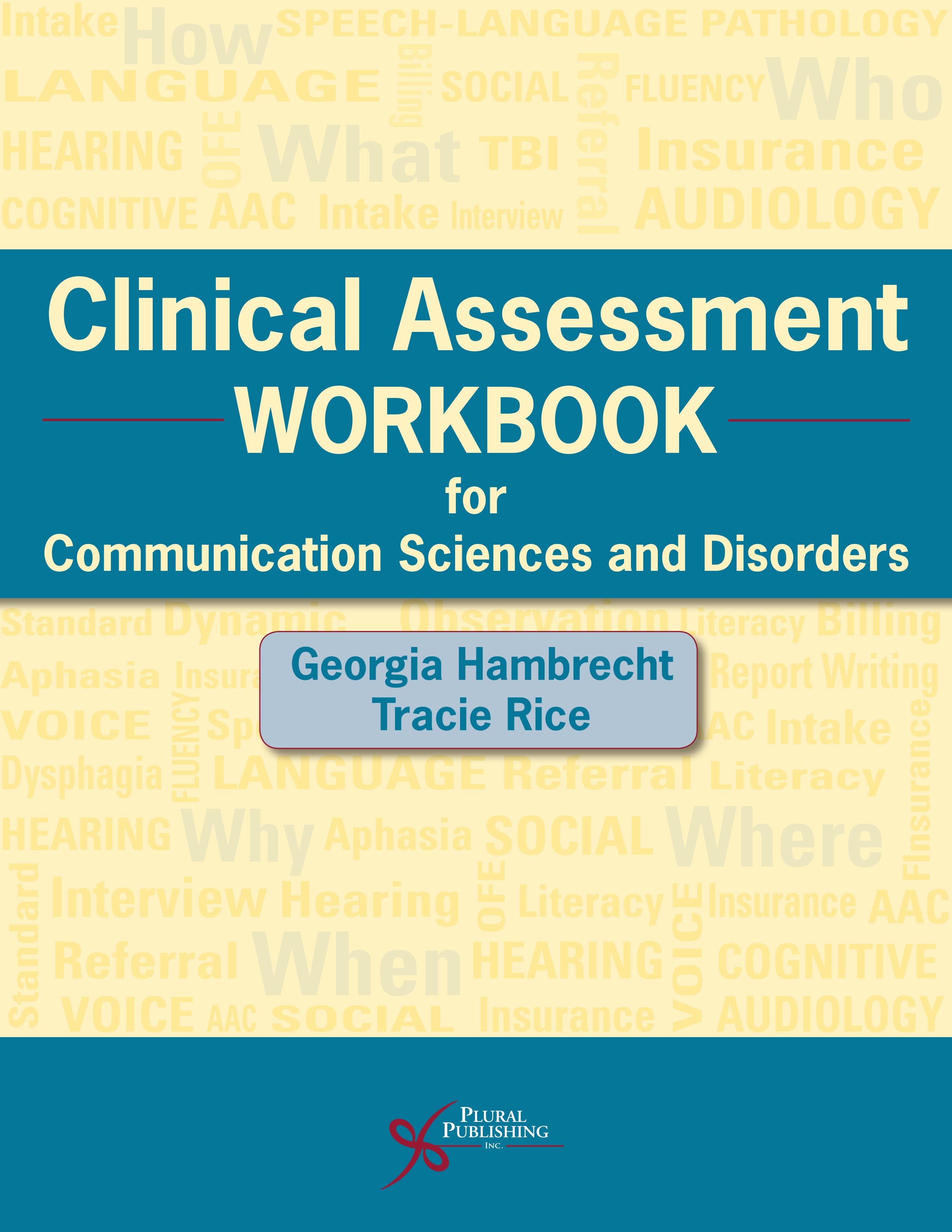
Clinical Assessment Workbook for Communication Sciences and Disorders
First Edition
Georgia Hambrecht, Tracie Rice
Details: 301 pages, B&W, Spiral Bound, 8.5" x 11"
ISBN13: 978-1-63550-034-9
© 2020 | Available
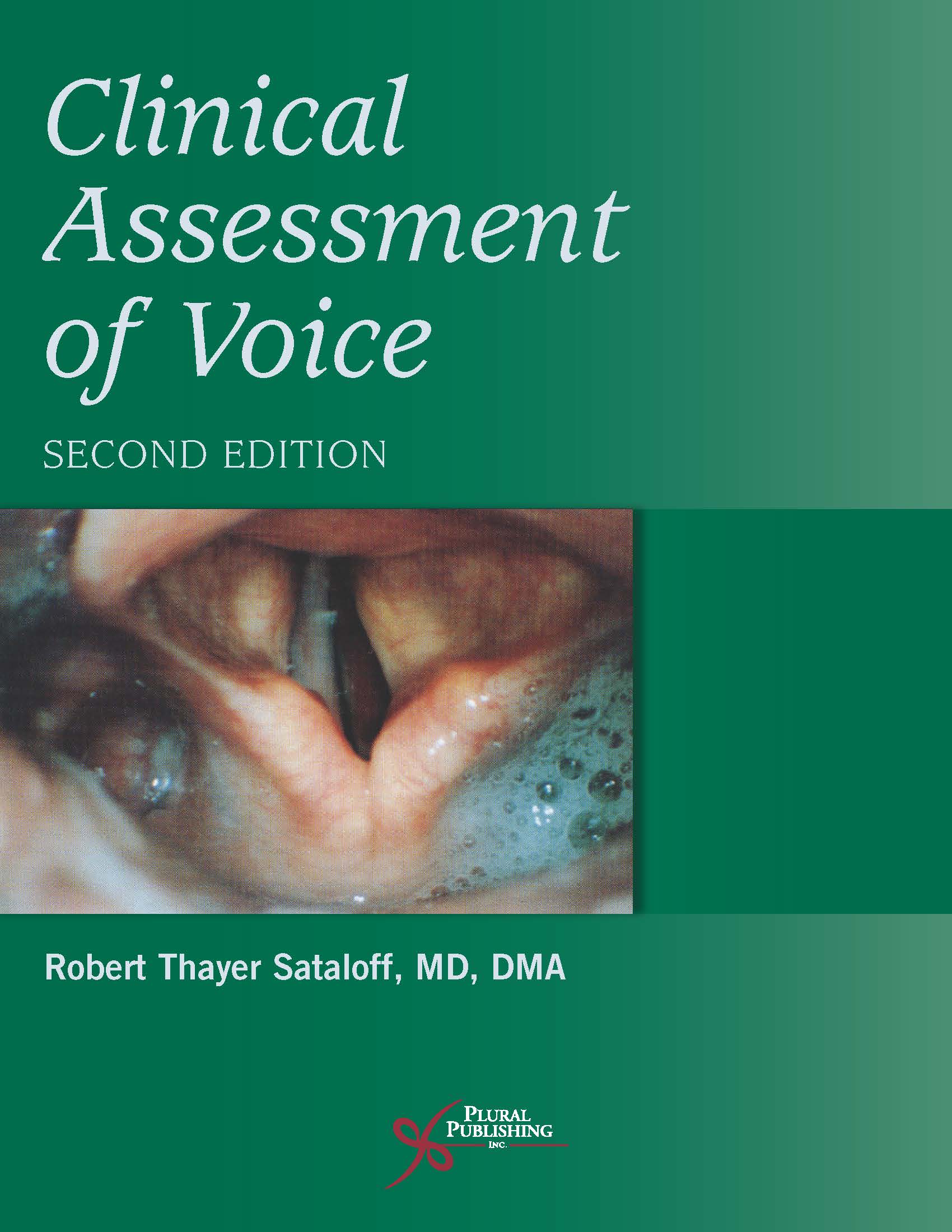
Clinical Assessment of Voice
Second Edition
Robert T. Sataloff
Details: 752 pages, Full Color, Softcover, 8.5" x 11"
ISBN13: 978-1-59756-859-3
© 2017 | Available
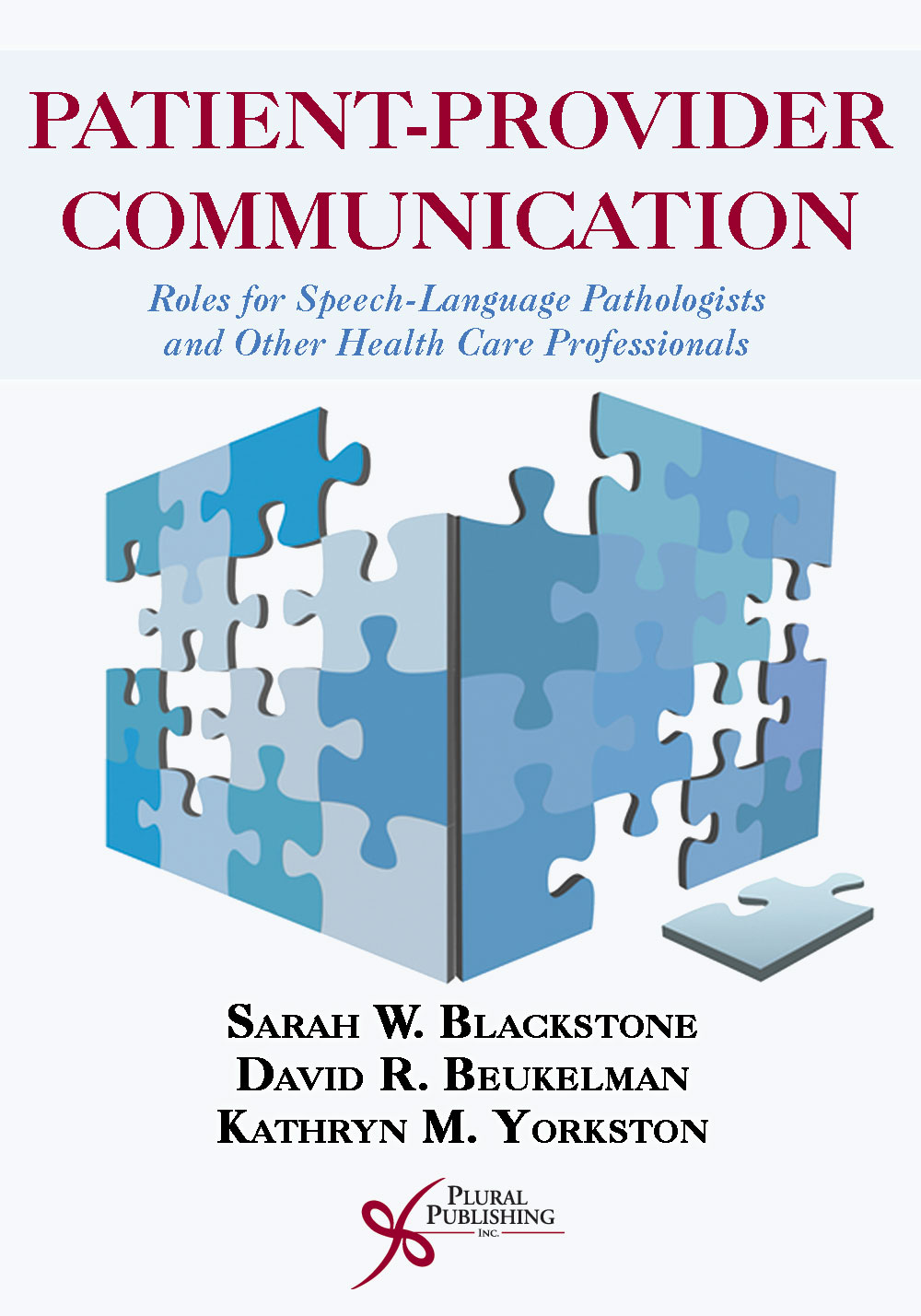
Patient-Provider Communication: Roles for Speech-Language Pathologists and Other Health Care Professionals
First Edition
Sarah W. Blackstone, David R. Beukelman, Kathryn M. Yorkston
Details: 352 pages, B&W, Softcover, 7" x 10"
ISBN13: 978-1-59756-574-5
© 2015 | Available
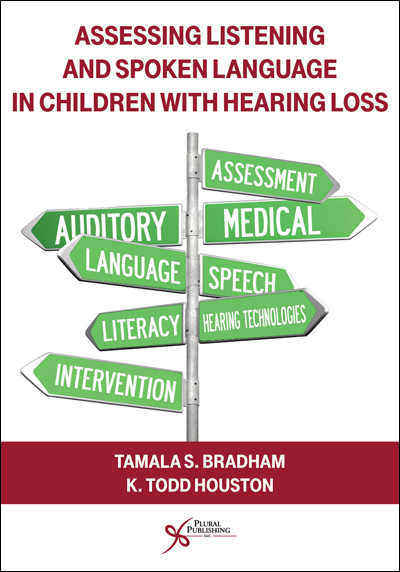
Assessing Listening and Spoken Language in Children with Hearing Loss
First Edition
Tamala S. Bradham, K. Todd Houston
Details: 496 pages, B&W, Softcover, 7" x 10"
ISBN13: 978-1-59756-576-9
© 2015 | Available
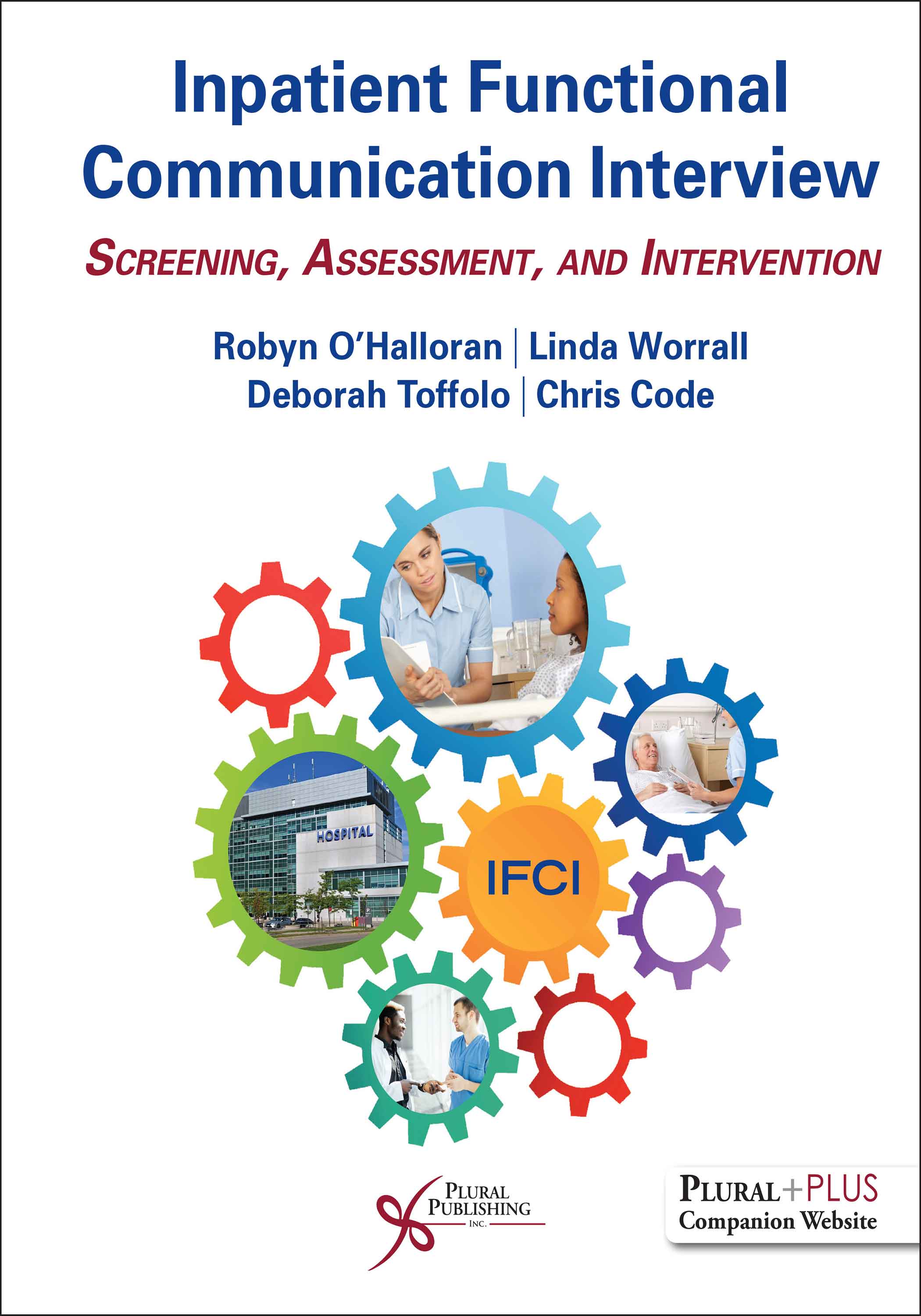
Inpatient Functional Communication Interview: Screening, Assessment, and Intervention
First Edition
Robyn O'Halloran, Linda Worrall, Deborah Toffolo, Chris Code
Details: 170 pages, B&W, Spiral Bound, 8.5" x 11"
ISBN13: 978-1-63550172-8
© 2020 | Available
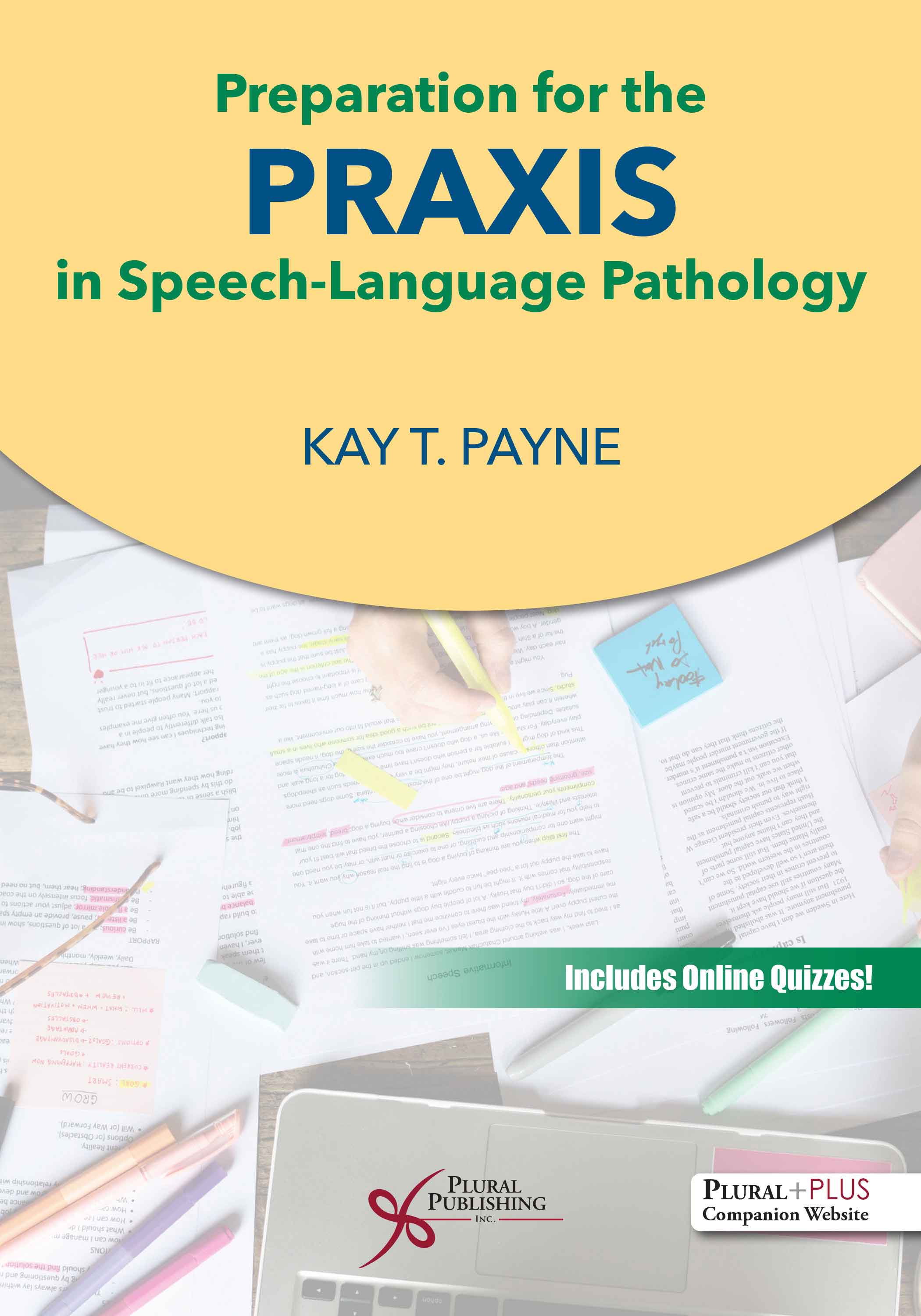
Preparation for the Praxis in Speech-Language Pathology
First Edition
Kay T. Payne
Details: 221 pages, B&W, Softcover, 7" x 10"
ISBN13: 978-1-63550-314-2
© 2020 | Available
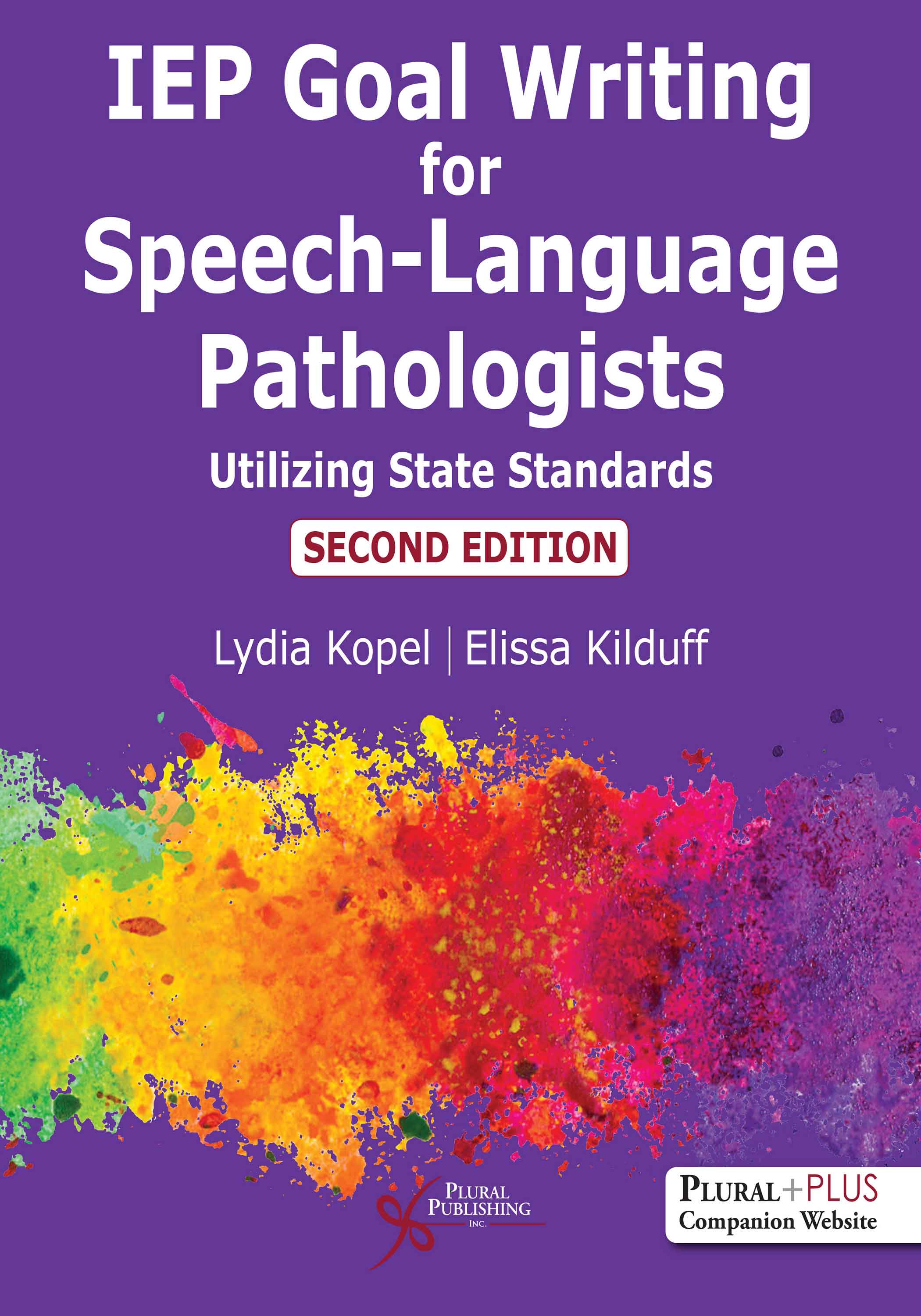
IEP Goal Writing for Speech-Language Pathologists: Utilizing State Standards
Second Edition
Lydia Kopel, Elissa Kilduff
Details: 243 pages, B&W, Softcover with layflat binding, 8.5" x 11"
ISBN13: 978-1-63550-202-2
© 2021 | Available
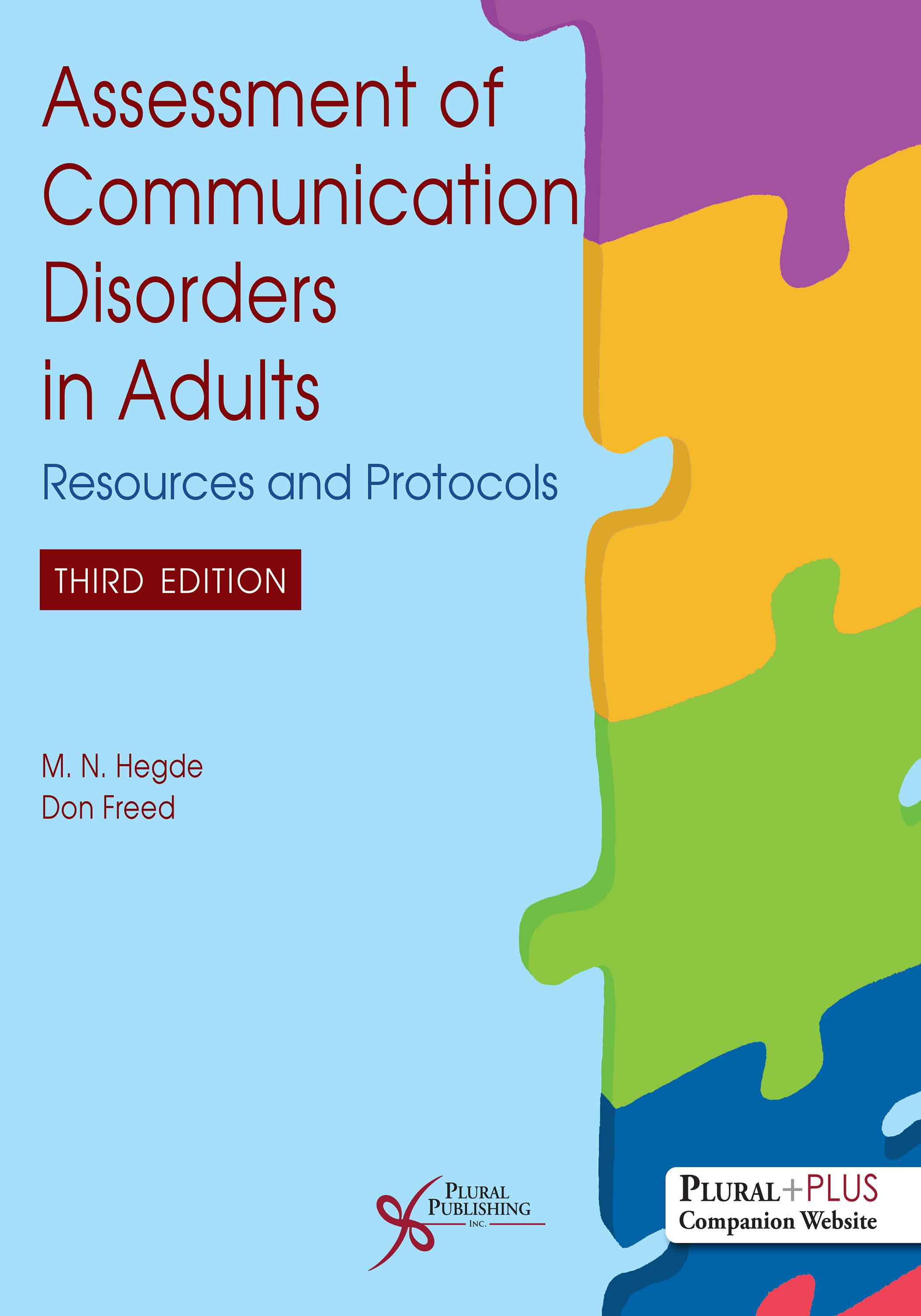
Assessment of Communication Disorders in Adults: Resources and Protocols
Third Edition
M.N. Hegde, Donald B. Freed
Details: 446 pages, B&W, Softcover, 8.5" x 11"
ISBN13: 978-1-63550-263-3
© 2022 | Available
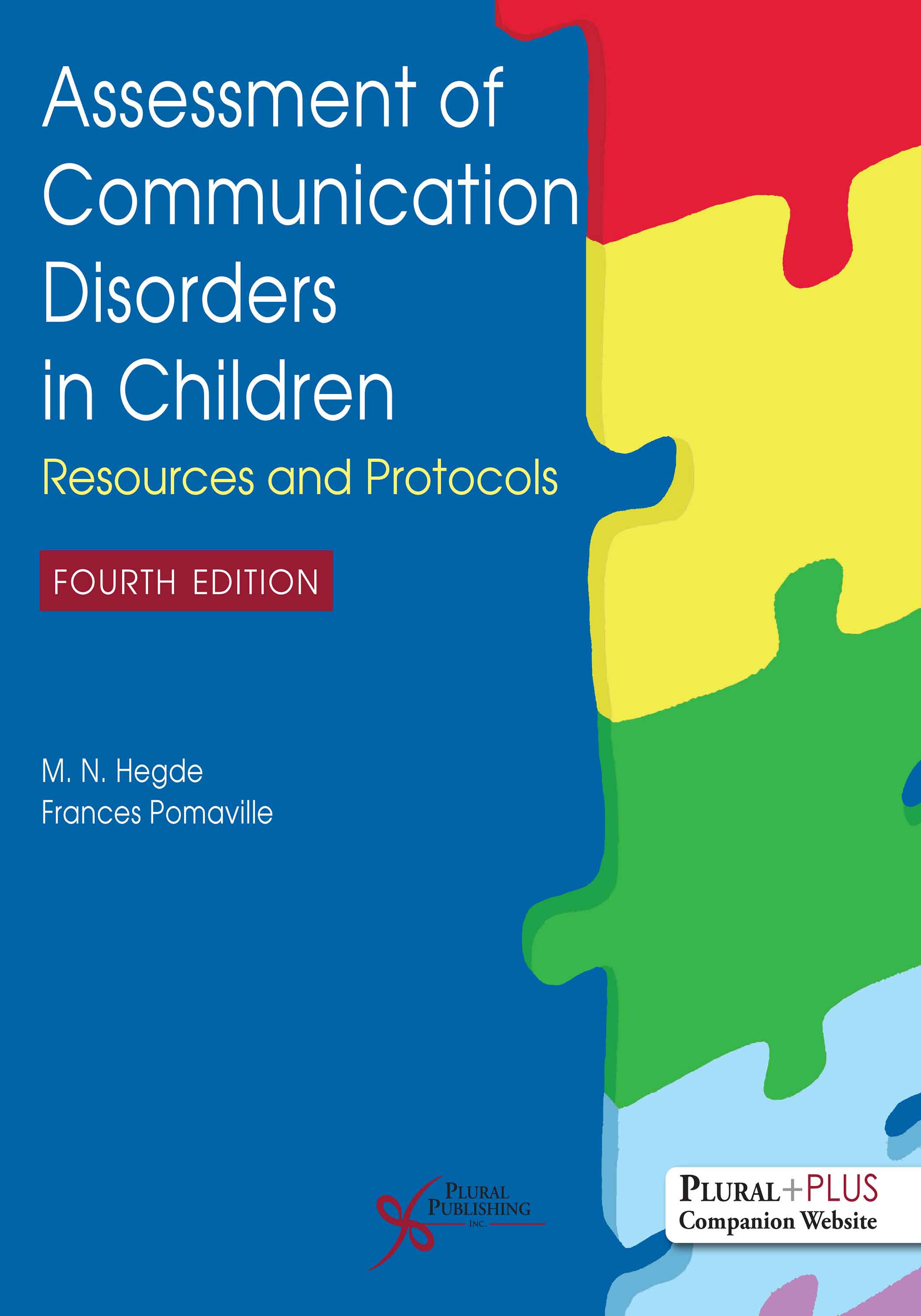
Assessment of Communication Disorders in Children: Resources and Protocols
Fourth Edition
M.N. Hegde, Frances Pomaville
Details: 444 pages, B&W, Softcover, 8.5" x 11"
ISBN13: 978-1-63550-266-4
© 2022 | Available
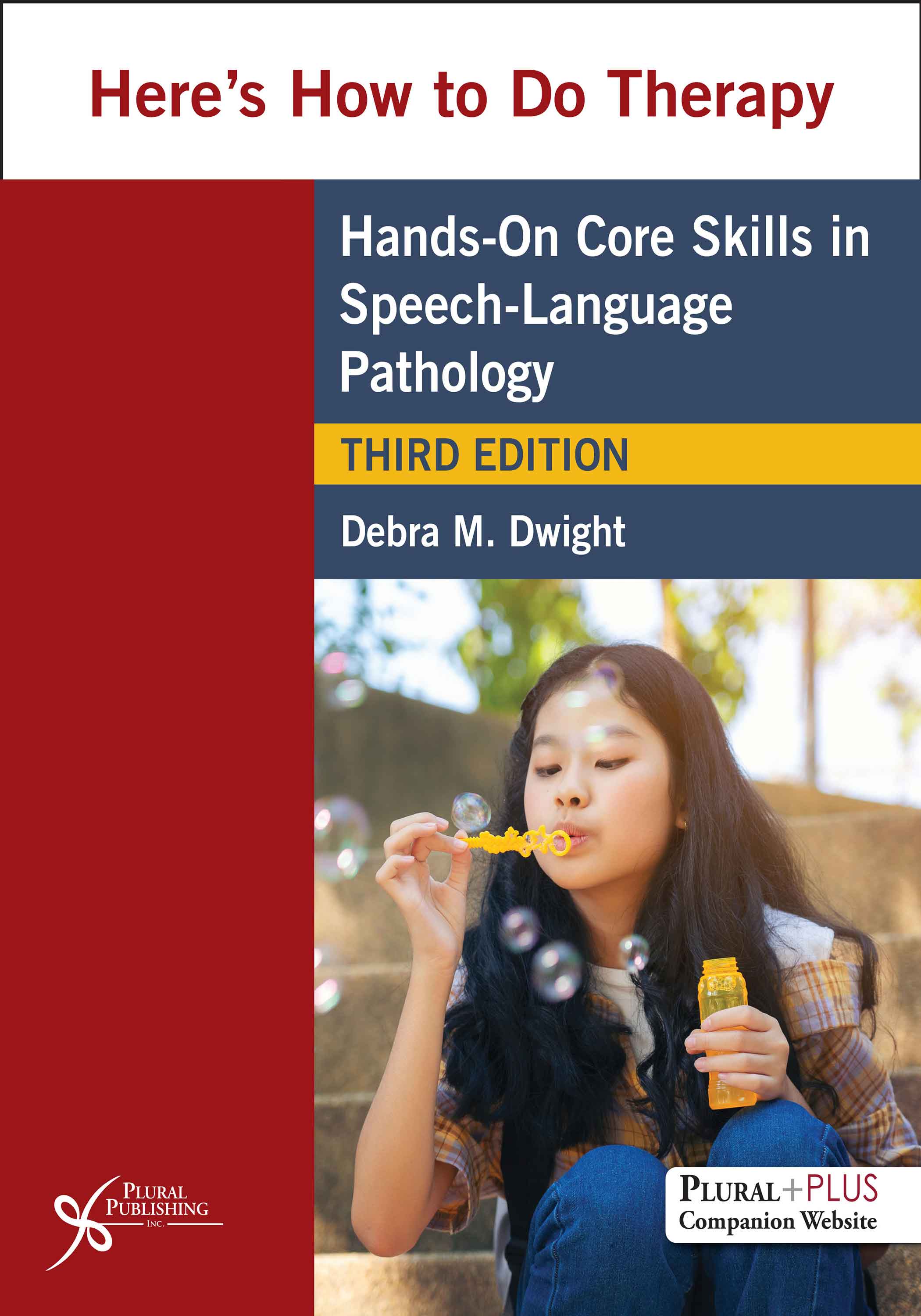
Here's How to Do Therapy: Hands on Core Skills in Speech-Language Pathology
Third Edition
Debra M. Dwight
Details: 460 pages, B&W, Softcover, 8.5" x 11"
ISBN13: 978-1-63550-320-3
© 2022 | Available
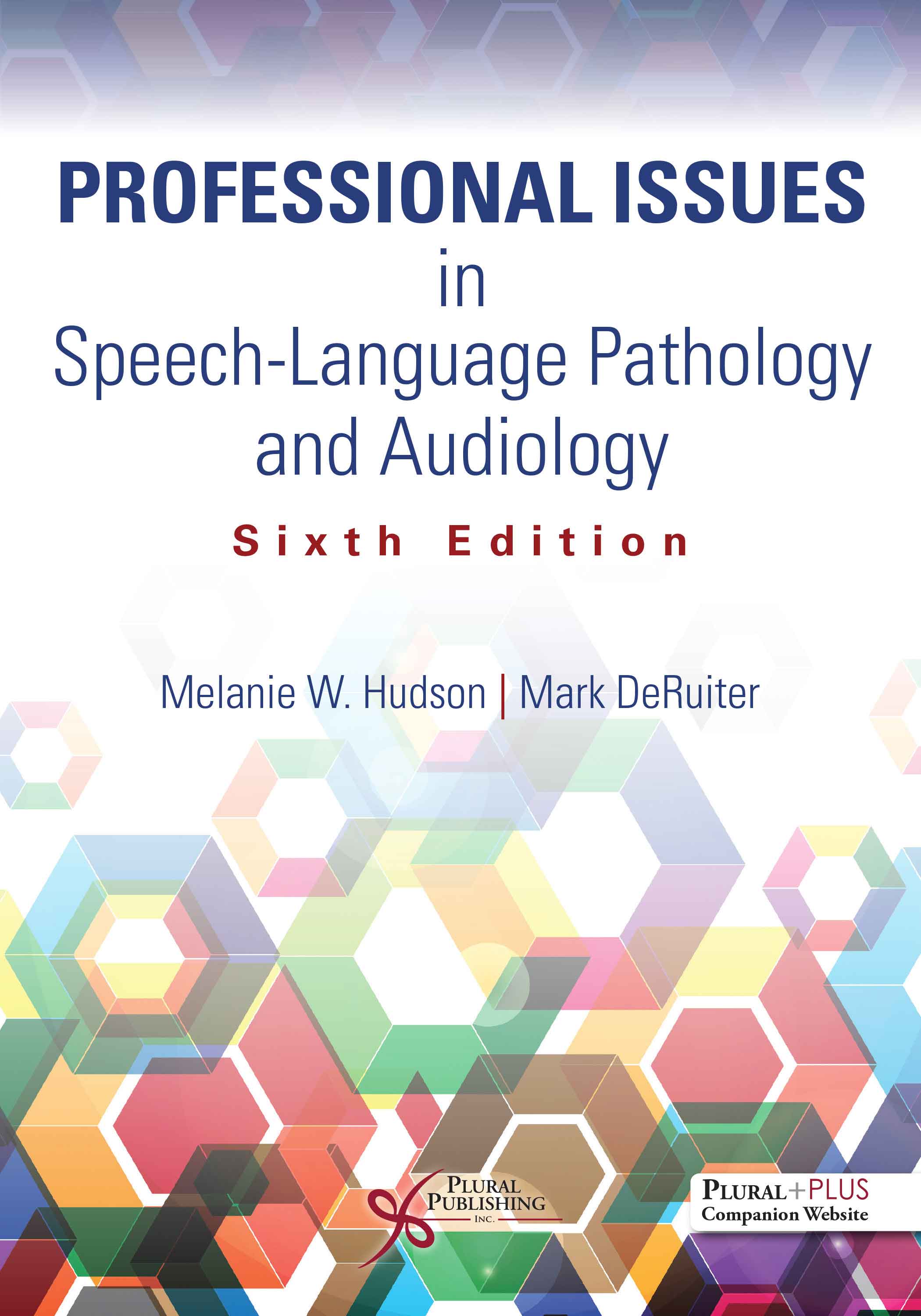
Professional Issues in Speech-Language Pathology and Audiology
Sixth Edition
Melanie W. Hudson, Mark DeRuiter
Details: 541 pages, Two-Color, Softcover, 7" x 10"
ISBN13: 978-1-63550-655-6
© 2025 | Available


